Visit the Japanese Garden with Tillman Water Reclamation Facility and see the beautiful things that happen to your waste water!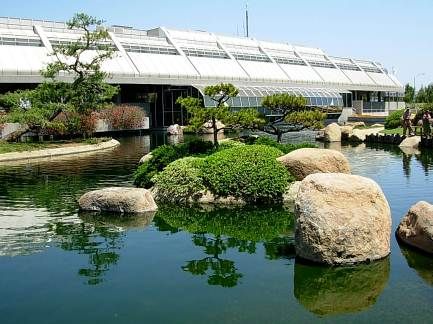
Our household waste water first gets processed at the Tillman Water Reclamation Plant near the Japanese Garden
(Photo by Gayle Dufour)
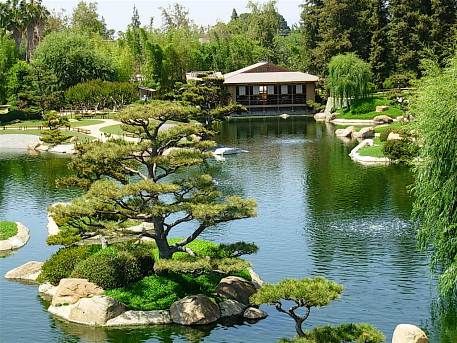
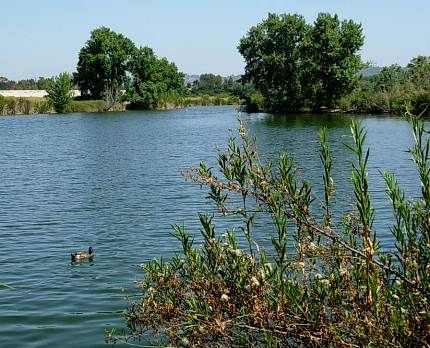
Next the water goes to the Japanese Garden, Sepulveda Wildlife Lake, Lake Balboa & then to the L.A. River
All of these places are in the Sepulveda Basin Recreation Area (SBRA). Besides recreation the SBRA is also used for flood control.
(These photos are by Sierra Club member Gayle Dufour)
Everyday our SF Valley population uses a river of water that comes from a faraway place like the Sierras; this imported water is used to wash dishes, shower, etc. San Fernando Valley has a very interesting way of handling our bio/water waste. Much of the waste goes to the Tillman Waste Treatment Plant that is next to the Japanese Garden. From there the biosolids are transported to the Hyperion Plant but the water parts are processed to use for the Japanese Garden water areas, the Sepulveda Wildlife Reserve, Lake Balboa and eventually to replenish the Los Angeles River and then out to the Pacific Ocean.
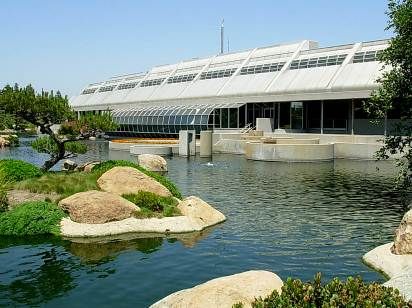
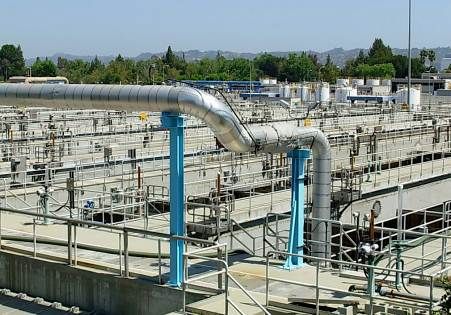
This is the Tillman Plant that handles the SF Valley’s recycled water; it could water the Hansen Dam Golf Course below but purple pipe needs to be laid.
(Photo by Gayle Dufour)

Hansen Dam Golf Course (on the left), Tujunga Wash (middle)
There is a plan to construct 8,600 feet of purple pipeline and a booster pumping station to deliver recycled water from the Tillman Plant to the Hansen Golf Course.
(Photo from The River Project website)
Recycled water, purple pipe dilemma
Many people would like the majority of our water to be recycled. Since landscaping is a major user of water in the So. California area, why can’t we use that grey water for our plants? Per TRP,” greywater is household waters that have not come in contact with toilet waste.” It is possible to manually catch clean water while washing dishes and use that water on the plants and that is recommended.
In L.A., it is not possible to water your plants with what goes down the drain unless you have separate piping to do so and the easiest way to get that separate piping is to build it into a new property. It is recommended that purple piping for grey water be laid first and on top of that place a regular pipe for the clean drinking water. This configuration is more difficult if we are talking about laying purple pipe in an older building because it would be much more difficult to lay the purple pipe underneath an existing clean water pipe. The purple piping is being used in parks, golf courses and some industrial purposes but for older residential purposes it is much more difficult. In the coastal areas recycled water is being used to hold back the sea water so it doesn’t mix with drinking water. Per The River Project, “the City plans to expand recycled water distribution lines (purple pipes) for large potential users, including the Hansen Dam Recreation Area and the Valley Generating Station. Nonetheless, recycled water remains an underutilized resource, partially due to lack of distribution infrastructure.” Some of that recycled water from the Tillman Plant is now used to water grass and trees in many of our parks. But even though we use our waste water more thoroughly, it still is true that our relatively clean water ends up in the Pacific Ocean instead of watering our landscape.
Since laying purple pipe is logistically difficult, labor intensive and expensive, there is another way of getting recycled water on the plants. That is to just put the recycled water in the same pipes as the drinking water. This is cleaned up water and many feel it is perfectly safe but there is some resistance to it from the public. There was a slogan devised by the people who are against recycled drinking water. They say this way of using sea water is named “toilet to tap” but the people who are for it would rather call it “showers to flowers.”
